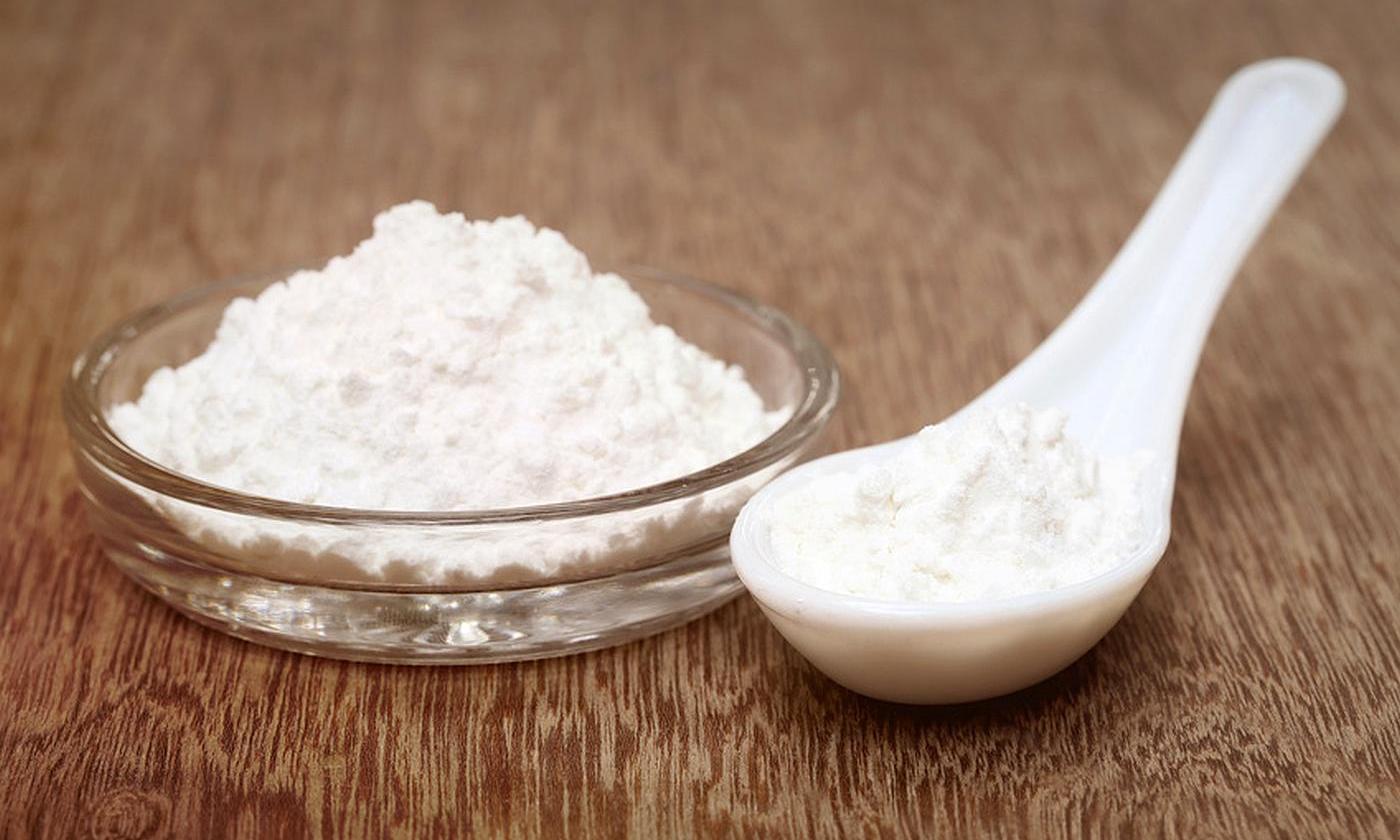Get more insights on : Carbonate
Exploring Carbonate: Natural Formation, Common Minerals, and Industrial Uses

Carbonates are a class of chemical compounds that consist of a carbon atom and oxygen atoms that are covalently bonded with metal cations or radicals. Carbonates are extremely common compounds found throughout our planet in various natural and industrial forms. In this article, we will take a look at how carbonates are formed both naturally as well as artificially, explore some common carbonate minerals, and discuss the various uses of carbonates.
Natural Formation of Carbonates
The majority of carbonates found naturally form as a result of biological or geological processes. Some of the key ways in which carbonates are naturally formed include:
Biochemical precipitation
Many marine organisms such as shellfish, coral reefs, and algae precipitate calcium carbonate to form their shells and skeletal structures. This biochemical precipitation results in carbonate rocks like limestone being formed on the ocean floor over millions of years.
Weathering of Silicate Minerals
When carbon dioxide in the atmosphere interacts with substances like calcium or magnesium silicate minerals through weathering processes, it forms calcium and magnesium carbonate minerals. Rocks like dolomite and calcite are commonly formed this way.
Volcanic Activity
Volcanic vents, hydrothermal processes, and volcanic gases can also contribute to the natural formation of carbonate minerals near the surface or within the crust of the earth. Minerals like magnesite form due to geological processes associated with volcanism.
Industrial Production of Carbonates
While Carbonate minerals form naturally over long periods, carbonates are also artificially synthesized for commercial uses through industrial processes:
Limestone Calcination
Heating limestone at high temperatures decomposes it to produce lime (calcium oxide) and carbon dioxide. The lime is slaked to become calcium hydroxide.
Soda Ash Production
Sodium carbonate or soda ash is commercially made by the Solvay process involving ammonia recovery or the ammonia-soda process. It has widespread industrial uses.
Precipitated Calcium Carbonate
Calcium carbonate powder is precipitated from limestone by carbonation or other chemical reactions for use as a filler or coating in many industries.
- Art
- Causes
- Crafts
- Dance
- Drinks
- Film
- Fitness
- Food
- Jeux
- Gardening
- Health
- Domicile
- Literature
- Music
- Networking
- Autre
- Party
- Religion
- Shopping
- Sports
- Theater
- Wellness
- IT, Cloud, Software and Technology


